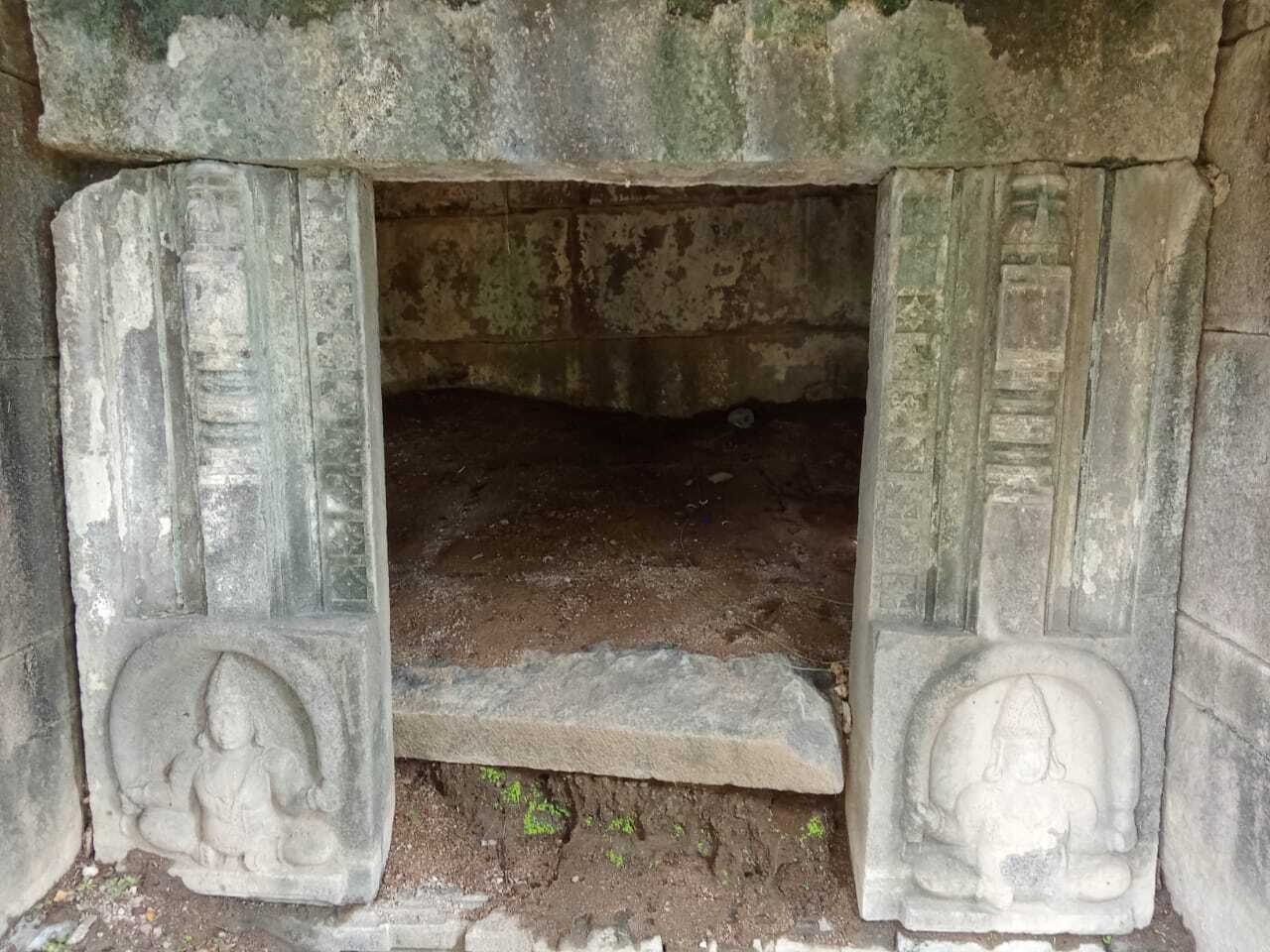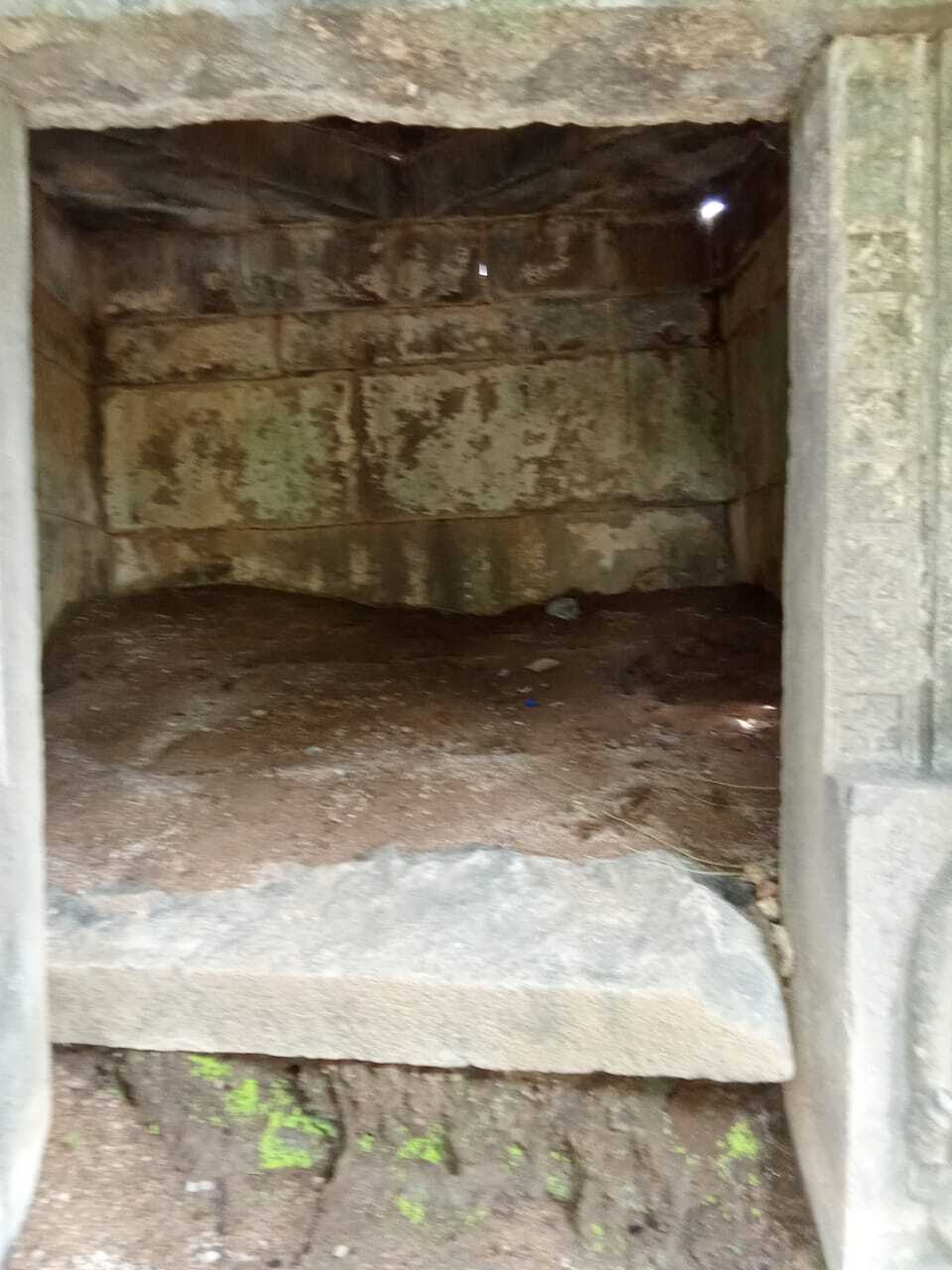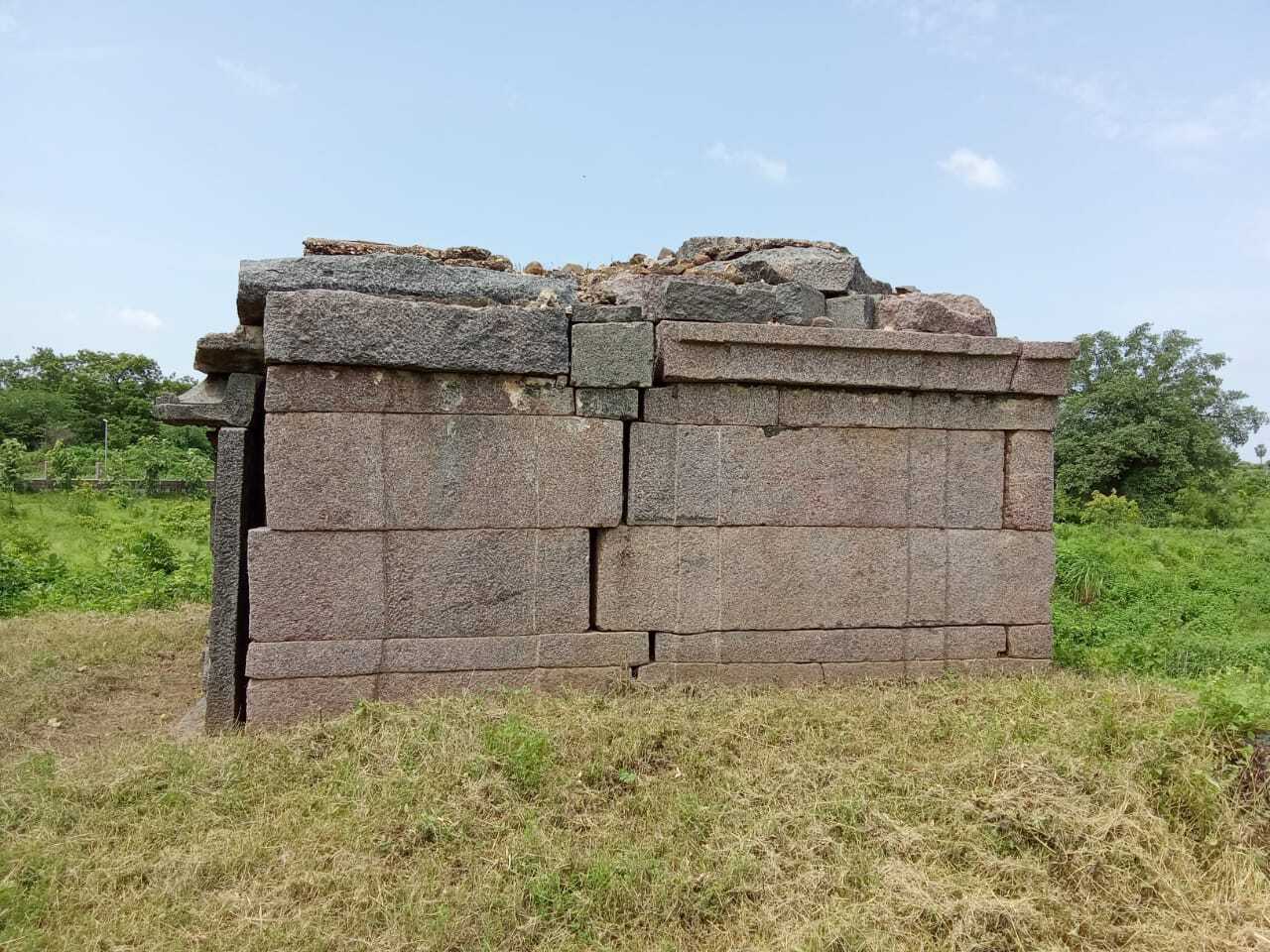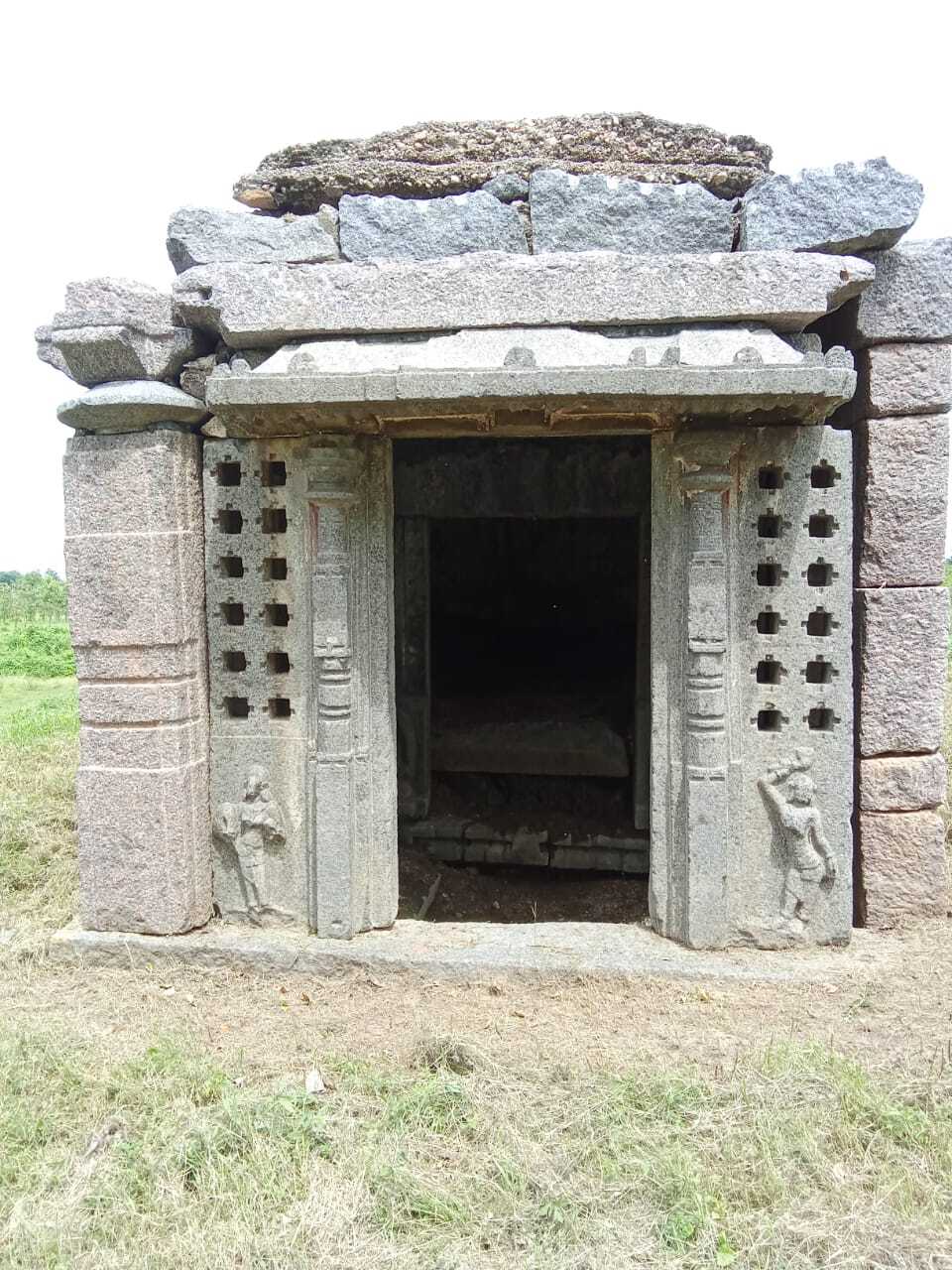Varalamma Temple

Varalamma Temple
The Varalamma Temple, located within the middle fort of the Warangal Fort, is a significant architectural and cultural landmark. Built in red granite, this temple reflects the artistic and architectural styles typical of the Kakatiya dynasty.
Historical Context
The Varalamma Temple, situated within the historically important Warangal Fort, is a testament to the Kakatiya dynasty's architectural prowess.
Architectural Elements
1. Antaral (Antechamber):
The Antaral serves as a transitional space between the outer parts of the temple and the Garbhagriha. It plays a crucial role in the temple's layout and provides a passage for devotees to approach the sanctum.

2. Garbhagriha (Sanctum Sanctorum):
The Garbhagriha is the innermost sacred part of the temple where the main deity is enshrined. It is the focal point of worship and religious activities.

Material and Construction
The temple is constructed entirely of red granite, a durable and visually striking material. The use of red granite not only adds to the aesthetic appeal of the temple but also indicates the availability and utilization of local resources.

Pillars and Decorative Elements
The pillars of the Varalamma Temple are adorned with beautiful carvings of typical Kakatiya swans. These intricate designs are characteristic of Kakatiya temple architecture and showcase the high level of craftsmanship of the period.
1. Swans (Hamsa):
Swans are a common motif in Kakatiya art, symbolizing purity and grace. The depiction of swans on the pillars adds an element of elegance and refinement to the temple's architecture.
2. Sculptural Features:
One notable sculpture is that of an "Alasyakanya," a young woman holding a sugarcane. This figure bears similarities to the bracket figures found at the Ramappa Temple in Palampet. The "Alasyakanya" represents a woman in a graceful, relaxed pose, often depicted in Indian temple art to convey beauty and elegance.
3. Bracket Figures:
The bracket figures at the Ramappa Temple are renowned for their detailed and life like representations. The presence of similar figures at the Varalamma Temple indicates a shared artistic tradition and highlights the influence of the Kakatiya style across different sites.

Insights
The temple's location within the Warangal Fort further emphasizes its historical importance, as Warangal was a significant political and cultural center during the Kakatiya rule.
Did you like this ?